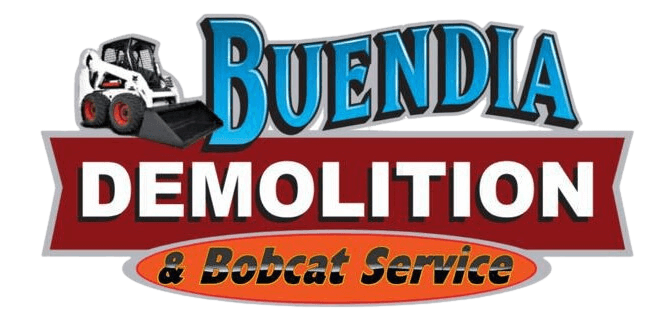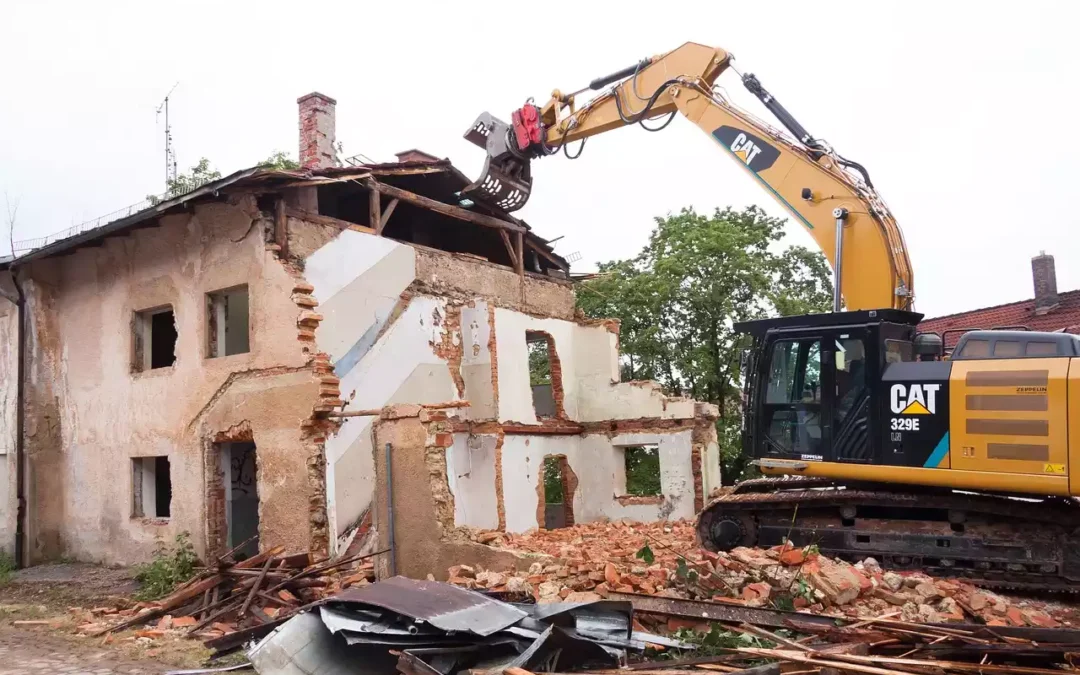When embarking on a demolition project, understanding that safety demolition involves far more than just knocking down walls is essential. Proper preparation is critical to ensuring the process remains both safe and efficient. Before any work begins, disconnecting utilities such as gas, electricity, and water is vital. Equally important is the identification and safe removal of hazardous materials like asbestos. Failing to address these steps can lead to significant risks, including fires, structural collapses, and health hazards. By prioritizing safety demolition from the outset, the entire process is controlled and risk-free, setting the stage for a successful project.
Common mistakes that compromise safety
- Underestimating the task: Many mistakes in demolition arise from not fully understanding the complexity of the job. For instance, removing a wall without evaluating its structural role can result in accidental collapse.
- Ignoring safety gear: Failing to wear proper protective equipment exposes workers to serious injuries.
- Skipping permits: Overlooking necessary permits can lead to legal issues and project delays.
- Rushing the process: Trying to speed up demolition without following the proper steps increases the risk of accidents and damage.
- Lack of professional help: Attempting demolition without experienced professionals can result in all of the above mistakes. A safety demolition approach involves trained teams who bring the knowledge and tools to ensure both effectiveness and protection.
Best practices and protocols for safe demolition
Clear signage
Every safety demolition site must include visible warning signs to alert both workers and the public. Notices such as “Danger,” “Restricted Area,” and “Protective Equipment Required” help prevent unauthorized entry and reduce the risk of injury.
Strict zoning
A well-executed safety demolition plan includes clear zoning to control movement around the site. Separating demolition areas from storage, evacuation paths, and rest zones helps reduce accidents and maintain order.
Use of protective gear
Personal protective equipment (PPE) is essential. Helmets, heavy-duty gloves, safety goggles, steel-toed boots, and reflective vests protect workers from falling debris, sharp objects, dust exposure, and noise hazards.
Proper machinery use
Only trained personnel should operate heavy machinery. Following manufacturer guidelines and safety standards for equipment like excavators, hydraulic breakers, and cranes prevents accidents and avoids uncontrolled structural failures.
Regular inspections
Daily checks of equipment, scaffolding, power tools, and nearby structures are crucial. Any malfunction or wear should be reported and resolved immediately to prevent hazards and delays.
Professional standards
Demolition work demands precision and accountability. Each project is carried out under strict protocols that prioritize preparation, legal compliance, and site protection. Every step of the process must be guided by industry best practices to ensure operations are safe, efficient, and aligned with all local regulations.
Speed vs. Safety: Finding the balance
Time plays a critical role in construction, and delays in demolition can disrupt the overall schedule. Yet, accelerating the process without proper precautions may result in serious accidents and unexpected costs. Striking the right balance is essential.
With the use of advanced machinery and proven techniques, demolition can be executed efficiently without compromising safety. Every step, from thorough equipment checks to the correct use of personal protective gear, must be handled with precision and care.
Technical expertise, paired with modern tools, reduces risks while staying on track with demanding timelines. A successful safety demolition project relies on maintaining both speed and safety as complementary forces rather than opposing priorities.
Risk of DIY demolition
Opting for a do-it-yourself demolition may appear more affordable, but the risks involved are significant. Inexperience with tools, misunderstanding of structural integrity, or neglecting necessary permits can lead to costly accidents. Renting equipment, covering insurance, and managing debris all contribute to the overall expense. A safety demolition carried out by professionals is not only safer but can also prove more cost-effective in the long term.
Why professional help matters
Certified professionals are insured to protect against injury and property damage. They adhere to legal regulations, obtain the required permits, and are trained to respond to unexpected issues, such as mold or structural problems. This training enables them to adapt safely to changing conditions on-site. By choosing a safety demolition service, a smooth, compliant process is ensured, offering peace of mind and significantly reducing liability.
Prioritize safety!
Demolition is a process that demands precision, preparation, and an unwavering commitment to safety. When handled correctly, it paves the way for new developments with minimal risk and maximum efficiency. Taking shortcuts or relying on untrained labor can compromise the structural integrity of surrounding areas and endanger everyone involved.
For those seeking a reliable dumpster rental san diego, our team at Buendia Demolition offers the experience, equipment, and expertise needed to ensure every phase runs smoothly. From initial assessment to debris removal, all steps are carried out with attention to safety regulations, environmental responsibility, and your project timeline.
Contact us today to schedule a consultation and take the first step toward a secure, efficient demolition. Let professionals handle the complexity so you can focus on what comes next!

